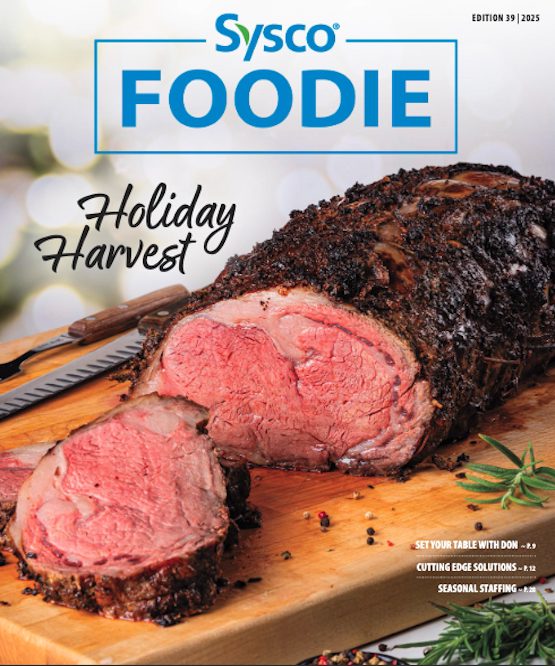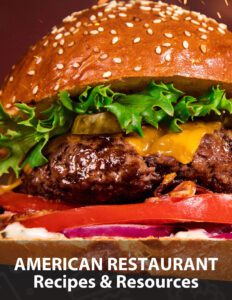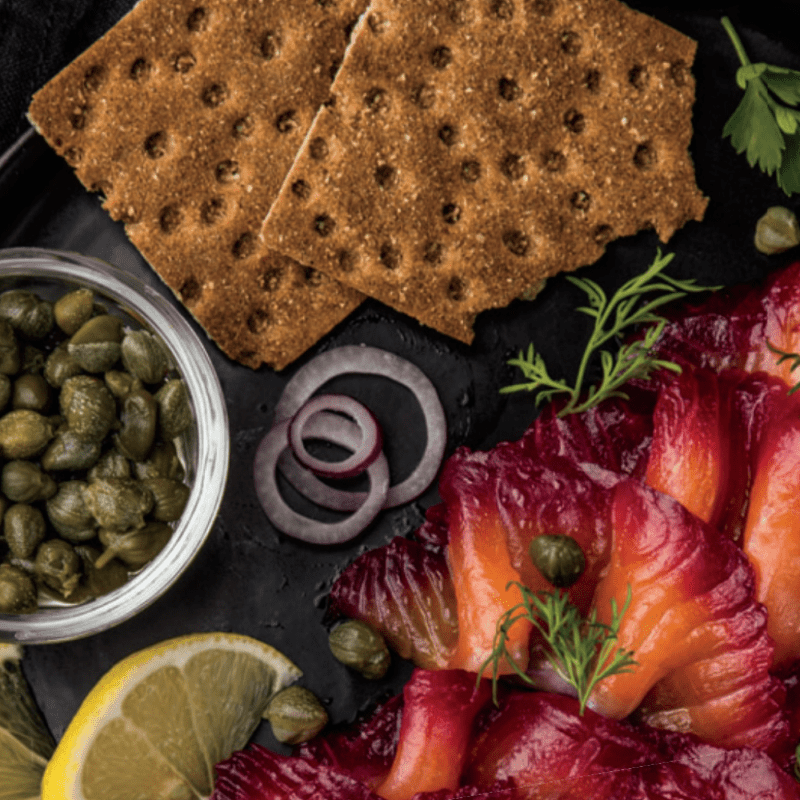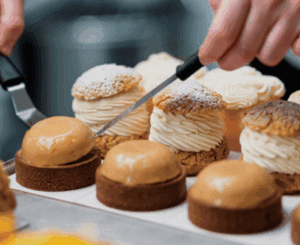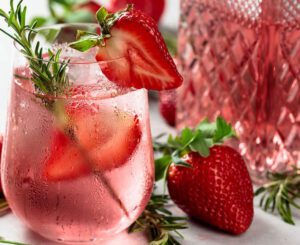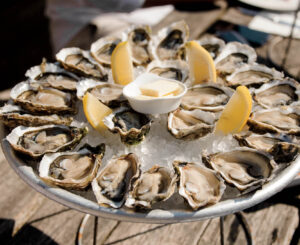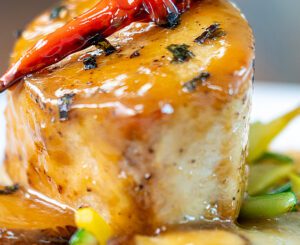Premium seafood comes at a premium price—and every ounce matters. That’s why curing and smoking aren’t just old-school preservation tricks. They’re modern, flavor-forward techniques that transform trim into profit, deepen flavor, and extend shelf life in ways that add serious value to your kitchen.
Strategic Menu Placement
Build these techniques into your menu to drive excitement and margin.
Small Plates: House-smoked fish rillettes, citrus-cured salmon, charcuterie-style boards
Mains: Smoked collars over pasta, cured fish as a composed element or finishing touch
Bar Bites: Smoked oysters, cured fish crisps, or spreads that pair with cocktails
Why It Pays to Preserve
Done right, curing and smoking do more than extend shelf life—they unlock new menu potential and increase ROI. Here’s how:
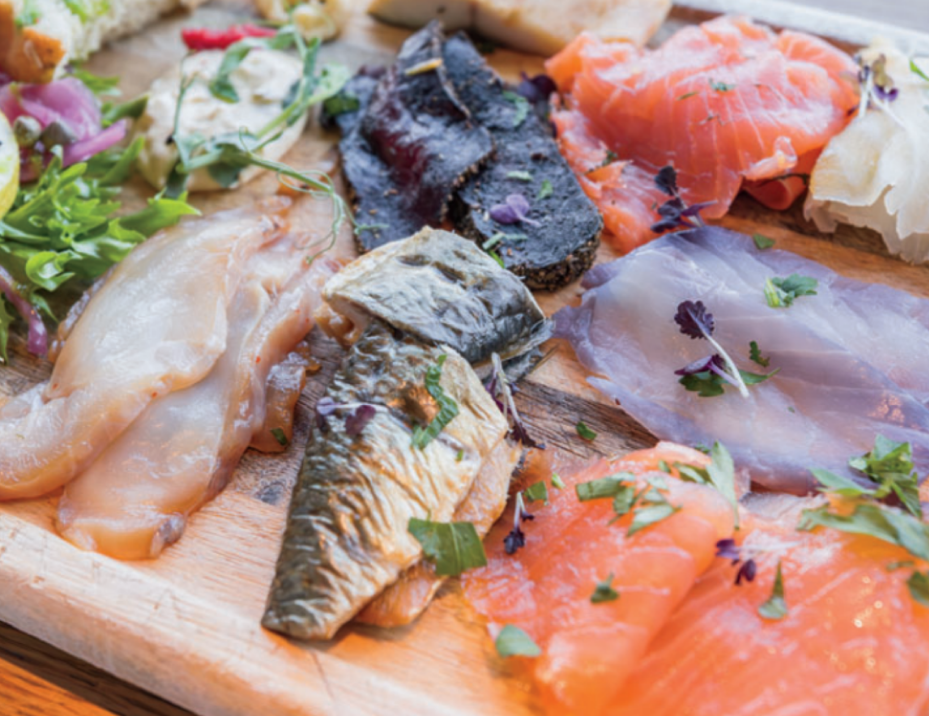
Turn Trim into Gold
Salmon bellies, tuna pieces, and fillet trimmings become tartare, rillettes, spreads, and more.
Control Inventory: Cured and smoked items buy you time—and reduce spoilage.
Differentiate Your Menu: Stand out with bold, house-made flavor. Give guests something they can’t get anywhere else.
Boost Perceived Value: These techniques signal artisan craftsmanship—so you can charge accordingly
Smoking: Depth, Drama & Deliciousness
Smoking builds flavor from the inside out—especially with underutilized cuts. Match the wood and method to the fish for maximum aroma.
Wood Pairing 101
Alder & Apple: Mild, clean smoke—great for whitefish
Cherry & Maple: Versatile and balanced—play well with most species.
Hickory & Oak: Stronger smoke—ideal for fatty fish like salmon belly and mackerel.
Mesquite: Sweet, nutty notes—try it with scallops or shrimp pieces.
Applewood: Subtle fruitiness—perfect for trout and delicate cuts.
Technique Matters
Cold Smoke (65–85°F): Adds flavor without cooking. Best for raw applications like tartare or charcuterie.
Hot Smoke (175–225°F): Cooks and enriches. Ideal for rillettes, chowders, or pastas. Great for a brunch menu.
Inspiration
- Smoked salmon belly tartare on crisped potatoes
- Mesquite-scented shellfish chowder
- Applewood-smoked fish spread with pickled fennel
Curing: Flavor Concentration, Zero Waste
Salt, sugar, and aromatics do the heavy lifting here—enhancing texture, flavor, and yield. Whether you’re batch-curing tails or crafting small-batch gravlax, it’s an efficient, low-labor technique with big payoffs.
Choose Your Method
Dry Cure: High salt, firmer texture—ideal for mackerel, salmon, and tuna.
Equilibrium Cure: Precise ratios for consistency and easy batching.
Gravlax-Style: Sugar-forward with herbs and aromatics—gentle enough for menu-ready applications.
Try This
- Gravlax-style salmon tail cured with citrus, dill, and juniper
- Salt-cured tuna trimmings for bowls, flatbreads, or vinaigrettes
- Dry-cured mackerel for tapas or brunch boards
What it Works
- Melt-in-your-mouth texture with minimal labor
- Distinct, layered, developed flavor
- Unique, high-perceived-value menu items
Preserve More Than Product
Shifting to a preservation mindset can unlock untapped creativity and profitability. Train your team to view trim as opportunity. Curing and smoking aren’t just throwbacks—they’re modern, strategic tools that help you stand out, cut waste, and deliver unforgettable flavor.


